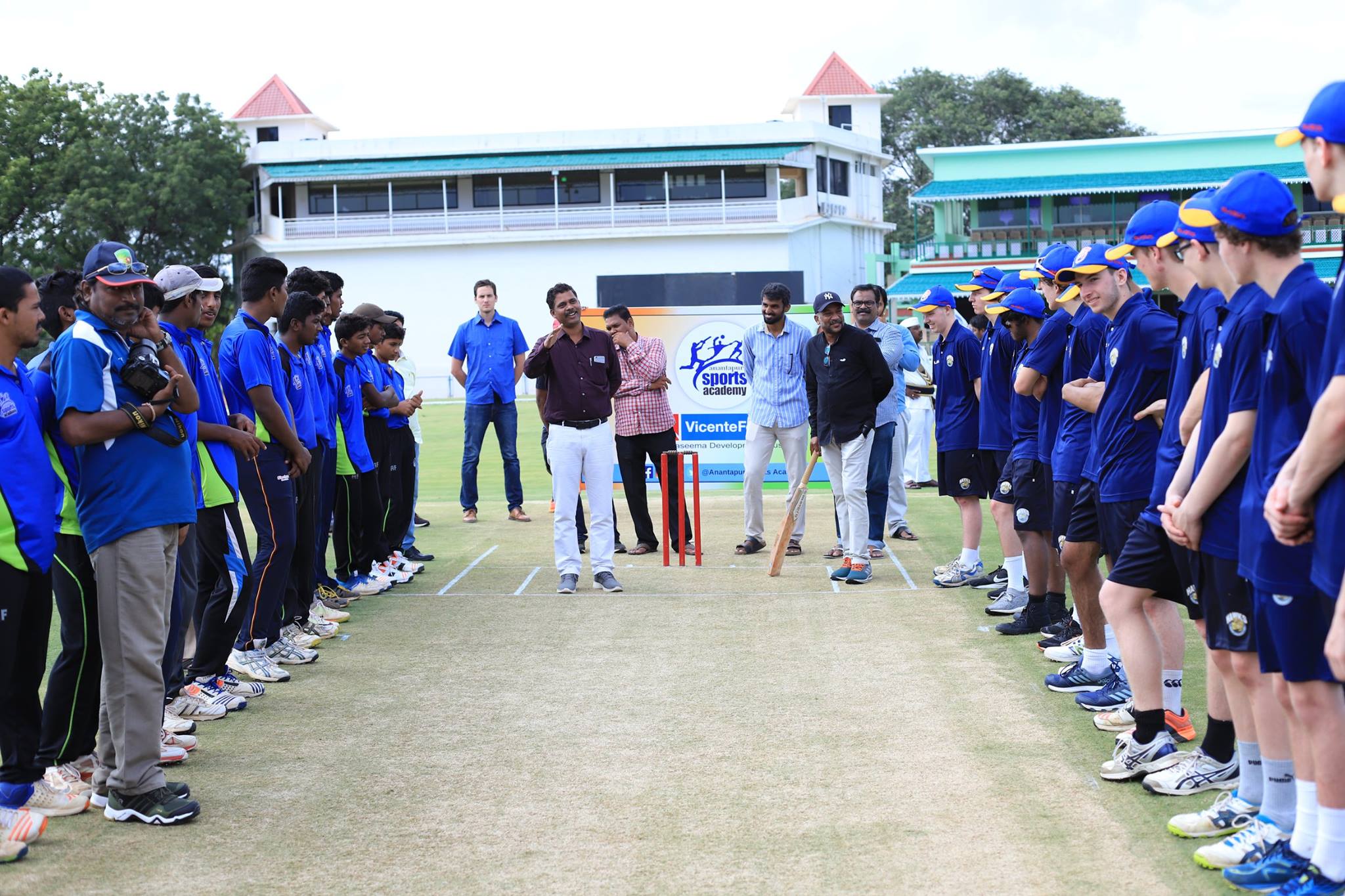Deconstructing Spin: Exploring the Art of Playing Spin in Cricket
- admin
- 0 Comments
Watching the ball
Mastering the Craft: The Art of Playing Spin in Cricket
Cricket is a game of skill, strategy, and mental fortitude. One of the biggest challenges that a cricket batsman faces is playing against spin bowling. From turning pitches to tricky deliveries, facing spin can be a daunting task for even the most seasoned players. However, mastering the art of playing spin is a crucial skill for any batsman looking to excel in the game. In this article, we will explore the various techniques, tips, and strategies that can help you become a better player of spin bowling. Whether you're a beginner or an experienced player looking to refine your skills, this guide will provide you with valuable insights and practical advice to help you take your game to the next level.
The Importance of Watching the Wrist of Wrist Spinners:
- Wrist spinners, including leg spinners and chinaman bowlers, rely heavily on their wrist action to impart spin.
- By closely observing the wrist at the point of delivery, batters can gather vital clues about the type of spin and the direction the ball is likely to turn.
- The position and rotation of the wrist indicate the seam’s orientation, which in turn reveals the ball’s likely trajectory and spin direction.
Observing Finger Spinners:
- For finger spinners, the top of the ball is the key area to focus on.
- The grip and release from the fingers dictate the spin’s intensity and direction.
- Watching the top of the ball helps in anticipating the type of spin, whether it’s off-spin or left-arm orthodox.
Mental Focus and Exclusion of External Factors:
- The ability to watch the ball effectively requires mental discipline to exclude distractions like the state of the game, field placements, the bowler’s reputation, and pitch conditions.
- This mental clarity is essential for making split-second decisions based on the ball’s behavior post-delivery.
- Developing a mental routine or cue, such as reminding oneself to “watch the ball,” can aid in maintaining focus as the bowler approaches.
Practicing in the Nets:
- Repetition in the nets is key to ingraining the habit of watching the ball.
- Start with someone throwing the ball from a short distance, focusing intensely on the wrist (for wrist spinners) or the top of the ball (for finger spinners).
- Gradually increase the distance as you become more comfortable with picking up cues from the hand.
- Consistent practice helps in developing muscle memory and a heightened sense of anticipation.
Progressive Drills:
- Begin with simpler drills and gradually increase complexity.
- Use varied types of spinners in practice sessions to expose yourself to different spinning techniques.
- Video analysis can be a valuable tool, allowing players to review and understand the nuances of different bowlers’ hand movements.
Mental Conditioning:
- Apart from physical practice, mental conditioning plays a crucial role.
- Visualization techniques can be used to mentally rehearse facing different types of spin bowling.
- Mindfulness and concentration exercises can enhance the ability to stay focused on the ball, irrespective of external pressures.





